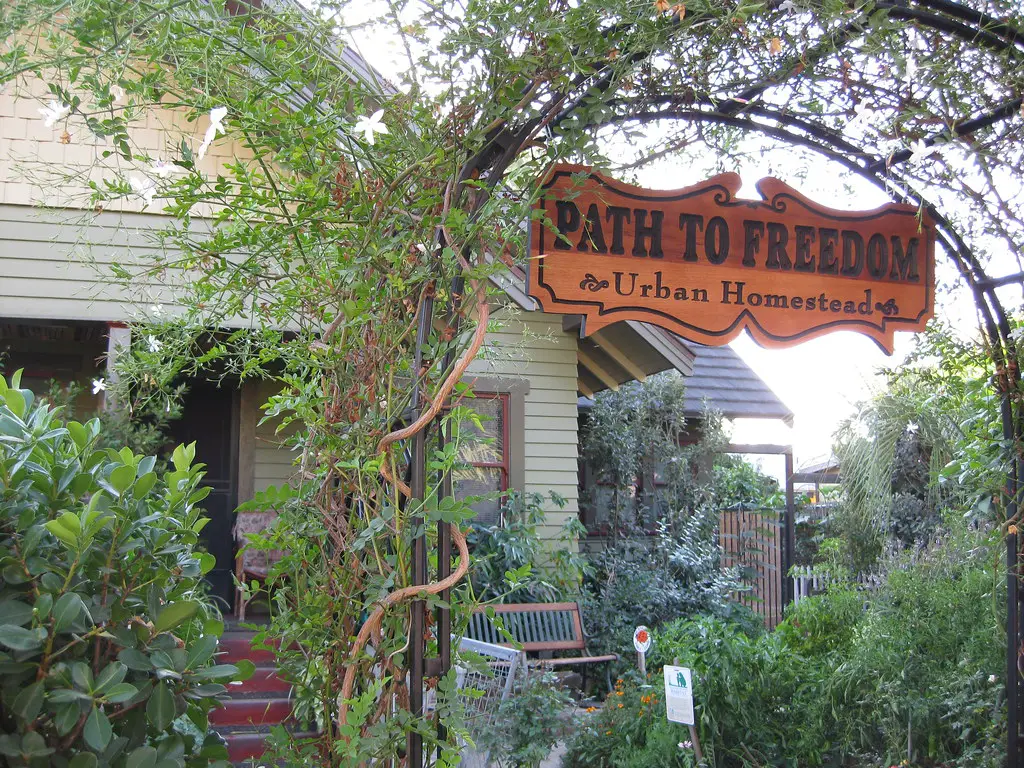The global economic downturn has made vacant buildings a common sight in cities. However, with the legal structure in the UK allowing landlords to financially benefit from letting charities and social enterprises use their empty buildings, real potential for mutually beneficial urban innovation exists.
With that in mind, Harry Owen-Jones and Alice Vaughan – two recent graduates from Kingston University in London – founded Specs Gallery. This Big City recently met with the duo at the venue of their upcoming debut show on London’s Old Street to discus how they hope to help art students and recent graduates, and how to transform an enormous former-office into an exhibition space.
Joe Peach: So what are you planning on doing with this venture?
Harry Owen-Jones: Through 3Space we’ve been given the opportunity to use this space. Obviously an office environment is not something you’d normally use for exhibiting art, but there’s this move away from exhibiting in white cubes, so this is exactly the type of thing that we thought would work for us. That we’re not having to pay for it is also a bonus, as we’re a Community Interest Company. And it’s huge! We’ve got a huge amount of space to not only exhibit traditional framed work, but also put on large sculptures and installations as well.
JP: What is the advantage for the landlord to give this space to you free of charge?
HOJ: The landlords essentially hand over the property to a charity like 3Space. Because charities get 80% tax relief, the landlord will often not charge the charity rent, because they’re reducing their costs. Once 3Space take over the property from the landlord, their remit is to find other charities, community interest companies, and social enterprises to use the space on a short term basis.
JP: Why is this space going to be used for an art show rather than any of the other things it could be?
Alice Vaughan: That is based on our personal experience of coming out of university and finding it difficult to enter the job market in the sectors we wanted to go into – which was commercial art sales. That’s why we’ve been so specific about it only being recent graduates and art students which we represent, because we know first hand how hard it can be to get that first opportunity, not only to benefit financially and gain experience, but to be a part of something that is creative.
HOJ: It also takes the pressure off students. If the first time you are exhibiting is in some top of the range west end gallery, the pressure is really on. This gives students the opportunity to come in, ask questions, maybe get things wrong and learn from that experience. Then when they do go on to that next stage of their career, when they are approaching and exhibiting in more… maybe not ‘high end’, but…
AV: Established!
HOJ: Established! That’s the word I’d use. More established galleries, then they have got a bit more confidence and are able to present themselves better.
JP: The space is still very much like an office. Is this something you will be incorporating into the show?
AV: Because of the design of the building, and the fact that it is just so huge, there is no way we can make it into a white cube gallery space, so we are going to embrace what we have got to work with. It’s exciting because there a lot of different opportunities in terms of how unique the space is, and the fact that there isn’t really that much wall space to hang anything, so it’s going to be a real challenge. But hopefully it will lead us to come up with some interesting ideas.
HOJ: The space has got its own inherent character, and rather than trying to destroy that we are looking to work with that. Hopefully the work we are going to show, which will likely include work that explores use of space in an urban environment, will go well with the space.
JP: Recessions can breed innovation. Do you think this availability of unused space in urban areas is a positive spin off of from the current economic climate?
AV: Definitely.
HOJ: You’ve got to be careful talking about benefits from the recession as there have been awful economic consequences for individuals, but when there’s a lot of cuts to funding in the arts, it’s great that we are being given this opportunity to use this space.
JP: What sort of artists are you hoping will exhibit?
AV: For our first show we are very open about the submissions we will be receiving, and it’s really exciting to see artists from so many different backgrounds, working in different mediums. As our idea is to give opportunities to those who may not have had them before, we’ve been talking about including fashion illustrators, architecture students, people who create work that might not be seen as fine art but is still commercially interesting. This seems logical considering our target audience is young professionals living and working in London who would like to own a piece of original art but aren’t going to spend thousands of pounds.
JP: And what price ranges will be seen at the show?
BOTH: Affordable!
HOJ: One of the things we are looking to move away from is ‘paying for the label’, with the label being the artists name. we want to move away from that. We want consumers to be able to purchase art based on its artistic merits rather than signature in the bottom right corner. First time buyers and collectors, they are going to be the ones we are aiming at, people who buy something because they fall in love with it and think it’s fantastic. Not someone who is looking at it as an investment or to get bragging rights for having it on their wall.


